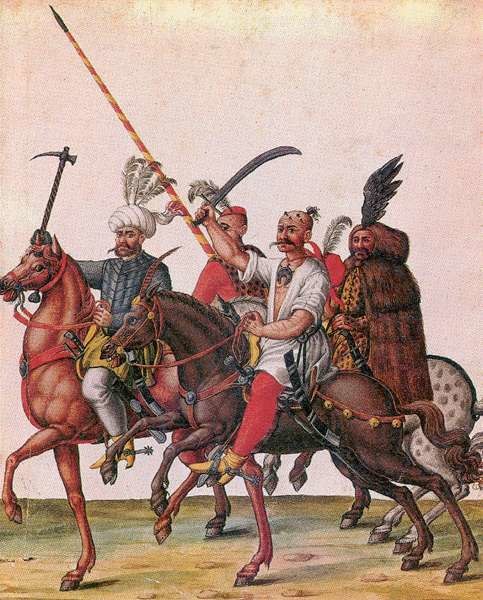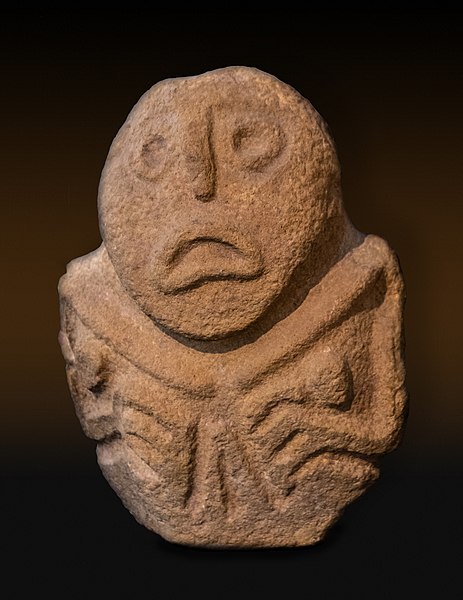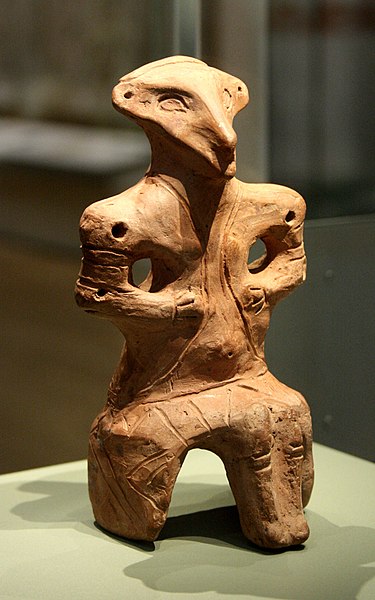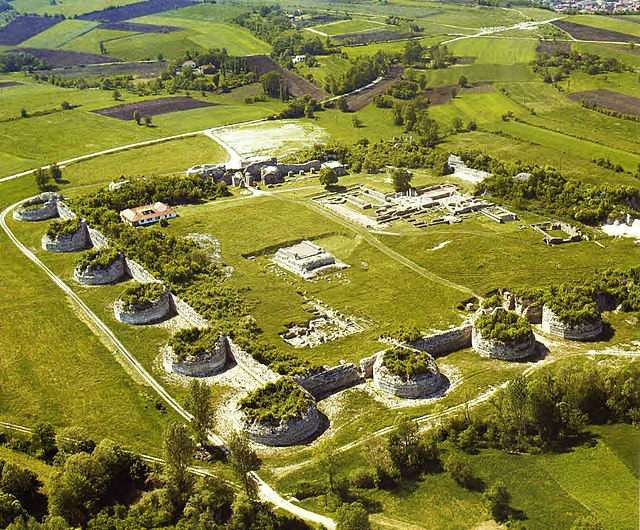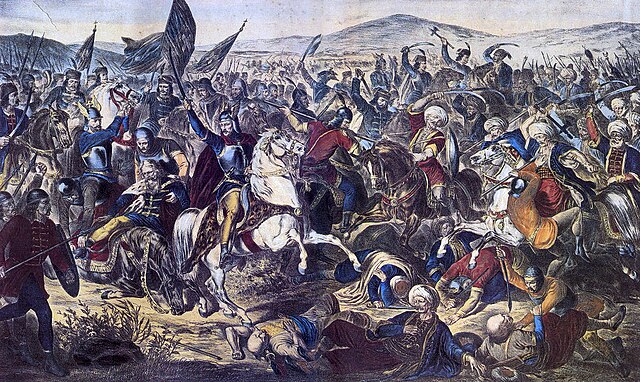The Ottoman–Habsburg wars were fought from the 16th to the 18th centuries between the Ottoman Empire and the Habsburg monarchy, which was at times supported by the Kingdom of Hungary, Polish–Lithuanian Commonwealth, and Habsburg Spain. The wars were dominated by land campaigns in Hungary, including Transylvania and Vojvodina, Croatia, and central Serbia.
"The Great Gun" (1518), an allegorical representation by Albrecht Dürer of the Turkish menace for the German lands
Ottoman sultan Suleiman the Magnificent in 1530, by Titian.
The Ottomans were unable to overcome the long pike formations and arquebus fire of the defenders in the siege of Vienna (1529)
The Ottoman army consisted of both heavy and missile fire, cavalry and infantry, making it both versatile and powerful.
Serbia, officially the Republic of Serbia, is a landlocked country at the crossroads of Southeast and Central Europe, located in the Balkans and the Pannonian Plain. It borders Hungary to the north, Romania to the northeast, Bulgaria to the southeast, North Macedonia to the south, Croatia and Bosnia and Herzegovina to the west, and Montenegro to the southwest. Serbia claims a border with Albania through the disputed territory of Kosovo. Serbia has about 6.6 million inhabitants, excluding Kosovo. Its capital Belgrade is also the largest city.
Lepenski Vir idol, 7000 BC
Vinča culture figurine, 4000–4500 BC
Remnants of the Felix Romuliana Imperial Palace, 298 AD, a UNESCO World Heritage Site; as many as 18 Roman emperors were born in modern-day Serbia
The Battle of Kosovo (1389) is particularly important to Serbian history, tradition and national identity.




